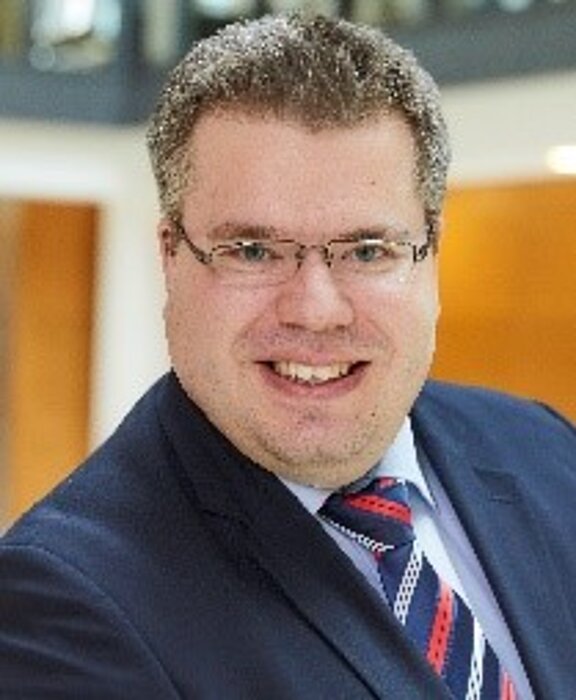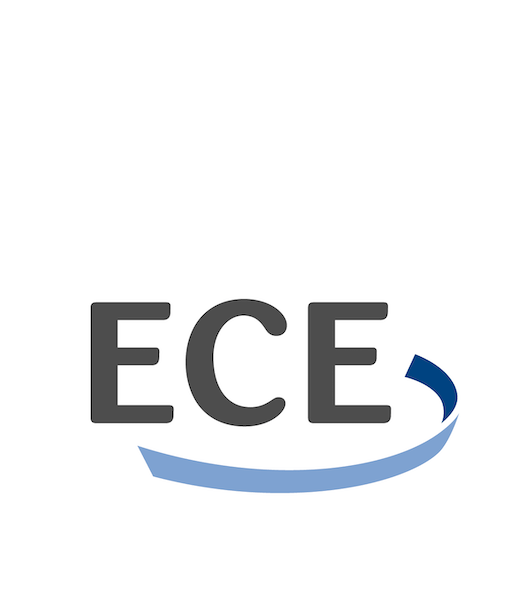Expensive commercial property insurance: How holistic risk management and IoT solutions help
Commercial property insurance, for example building insurance, is becoming more expensive: due to climate hazards, floods or damage caused by tap water, insurance companies have often been in the red in recent years. Against this backdrop and a simultaneous shortage of supply, commercial property insurance is experiencing a veritable explosion in premiums. ECE counters this tense market situation with IoT solutions and holistic risk management. An increasingly important influencing factor is also the topic of sustainability - not least accelerated by the EU taxonomy and ESG criteria.
2021 was the second most expensive year for property insurers
"Ylenia", "Zeynep", "Antonia" - this February's trio of storms hints at it: 2022 could be another year of major losses from natural catastrophes. 2021 was already an expensive claims year for insurance companies in the particularly competitive area of commercial property insurance.
For example, summer 2021, storm "Bernd" brought devastating floods and, together with other severe weather consequences, caused losses totaling 46 billion euros across Europe - 33 billion euros of this in Germany alone. 11 billion euros of the Europe-wide losses were insured - 8.2 billion euros of this in Germany.
In the USA, Hurricane Ida hit in late summer 2021, causing losses of 65 billion US dollars, of which 36 billion US dollars were insured. This devastating loss balance also hit the domestic insurance industry again. Overall, 2021 was the second most expensive year in the history of property insurers.
Against this backdrop, what are ways to avoid costly commercial property insurance premiums?

1. Cheaper commercial property insurance through captive insurance.
No wonder, then, that insurers will continue to try to raise premiums as part of their restructuring efforts - especially since reinsurers, for their part, have also been raising premiums. These developments are leading to a fundamental repositioning of insurers in the market. At the French risk managers' conference AMRAE in early February 2022, for example, Joachim Müller, CEO of Allianz Global Corporate & Specialty (AGCS), called for more "skin in the game" from policyholders, i.e. more assumption of their own risk - either through deductibles or captives.
What is captive insurance?
The question for policyholders is: What can they shoulder themselves, and what should be insured? With this in mind, for example, many policyholders are looking into captives. A captive is a company-owned insurance company that insures underwriting risks from the corporate family and is fully owned by the company.
There are different captive approaches: For example, you can lease into an existing captive and pool the risk and capitalize it yourself. Another option is to build a captive from scratch. However, this requires a certain mass and size.
In the current hard market phase, a captive enables a company to continue to insure risks and provide sufficient insurance capacity. This is also important vis-à-vis financing banks, which assume continuous insurance coverage. That is why captives are not just a fad, but rather an important strategic issue.
2. Less commercial property damage through loss prevention.
In any case, a holistic risk management approach is significant for the question of continuous insurance coverage. If this is accompanied by innovative solutions for risk minimization, such as the use of intelligent early warning systems, the question of insurability at appropriate conditions becomes all the more important, especially in hard market phases.
This is how Internet of Things (IoT) helps prevent damage
For example, ECE is testing in a pilot project together with its leading primary insurer Chubb and the world's largest reinsurer Munich RE how IoT sensors can be used to predict and prevent water damage in shopping centers. This exemplary IoT approach is to be expanded from two to five shopping centers next year (see also blog "Preventing water damage in real estate with IoT sensors").

3. sustainability comes into focus
An IoT approach is a good way to manage the risk related to tap water damage. In this area, preventive measures can be taken together with the insurer. This is not possible in this way with natural forces. Here, the main issue is also the growing risks posed by climate change.
In this area, all players must work together to limit global warming to 1.5 degrees Celsius and prevent the worst scenarios for our planet. It is about risk management that also takes into account sustainability aspects. The topic of ESG (Environment Social Governance) is therefore also becoming increasingly important in the insurance industry.
Why ESG is gaining importance for insurance companies
Companies that have been intensively concerned with sustainability in the sense of ESG for many years have meanwhile built up valuable know-how in this area. At ECE, for example, the sustainability strategy forms the foundation for all of the group's future-oriented activities. The sustainability strategy is continuously developed further. Fresh impulses from outside are also provided by the ESG board staffed with external experts - the first of its kind in the real estate industry when it was founded in 2011.
How policyholders avoid high premiums
Many data relevant for the EU taxonomy provisions and for the ESG criteria also play an important role for the insurer. In the area of the taxonomy provisions, this concerns, for example, the so-called extended coverage perils in the area of natural/natural hazard coverage.
However, the topic of ESG is driving the insurance industry even further. Insurers want to structure and select their business more sustainably in the future: on the one hand, their own portfolio according to sectors under sustainability aspects. On the other hand, they also want to reflect more sustainability in their own insurance products. In order to avoid high premiums, it is therefore all the more important for the policyholder to clarify which measures are to be derived from the known risks.
The bottom line is that mutual trust is essential. In this way, the challenges of the future can be managed in close partnership between policyholders and insurers with holistic risk management and an innovative IoT approach.

Michael Dettmer
Michael Dettmer is a lawyer and Head of Corporate Insurance Management at the ECE Group. Michael Dettmer has many years of professional experience, particularly in industrial insurance, with a focus on international corporations and risk management with a leading industrial insurer. As well as lecturing at the University of Hamburg for its Master’s program in insurance law and at the Berlin School of Economics and Law (HWR) in industrial insurance, he has also written several professional publications.

